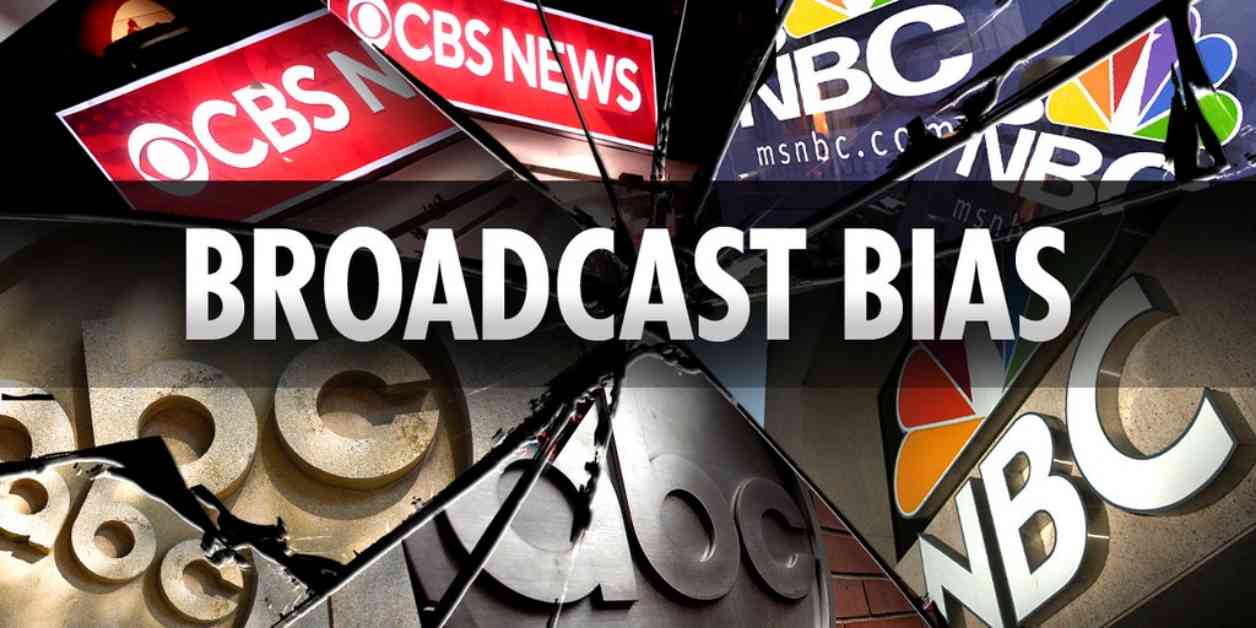The recent media frenzy surrounding Mahmoud Khalil, leader of the Columbia University Apartheid Divest protest group, has raised questions about media bias and the portrayal of pro-Hamas sentiments in the news. While major broadcast networks have largely overlooked the connections between Khalil’s group and Hamas, it is essential to examine the implications of these affiliations.
Pro-Hamas Messaging Disguised as Pro-Palestinian
In a recent report by The New York Times on October 9, 2024, CUAD commemorated the anniversary of Hamas’s brutal attack on Israeli civilians by distributing a newspaper with a headline glorifying the violence as a “moral, military, and political victory.” The group’s public statements and essays have openly expressed support for Hamas, citing the slain leader Ismail Haniyeh and celebrating the massacre as a triumph.
The mainstream broadcast networks, however, have downplayed CUAD’s ties to Hamas, framing them as mere political discourse. This attempt to normalize extremism under the guise of free speech and student activism is a dangerous precedent that requires closer scrutiny.
Media Coverage and Political Spin
Despite documented evidence linking Khalil and his supporters to Hamas, news outlets like ABC, CBS, and NBC have framed his detention as a crackdown on political dissent rather than a response to ties with a designated terrorist organization. The narrative of repression and fear propagated by Khalil’s lawyers paints a skewed picture of the situation, overshadowing the real implications of his actions.
Furthermore, the media’s emphasis on Khalil’s personal life, including his American wife and impending fatherhood, seeks to humanize a figure whose affiliations with Hamas call for greater scrutiny. By highlighting his family ties, news reports often sidestep the gravity of his political activism and the potential risks associated with his extremist views.
The Realities of Extremism and Accountability
As the Trump administration moves to deport Khalil, the media’s reluctance to acknowledge his pro-Hamas stance reflects a broader trend of overlooking radical ideologies on the far left. By failing to address the violent rhetoric and actions of groups like CUAD, news outlets perpetuate a false narrative of victimhood and censorship, diverting attention from the real victims of Hamas’s atrocities.
It is crucial for the media to hold accountable those who espouse violence and extremism, regardless of political affiliations. By shining a light on the dangerous rhetoric of groups like CUAD and their ties to terrorist organizations, journalists can provide a more nuanced and informed perspective on the complex realities of the Israeli-Palestinian conflict.
In conclusion, the media’s handling of Mahmoud Khalil and his pro-Hamas activism underscores the need for greater transparency and accountability in reporting. By reframing the narrative to focus on the facts and implications of his actions, journalists can fulfill their role as watchdogs of democracy and ensure a more balanced and informed public discourse.

